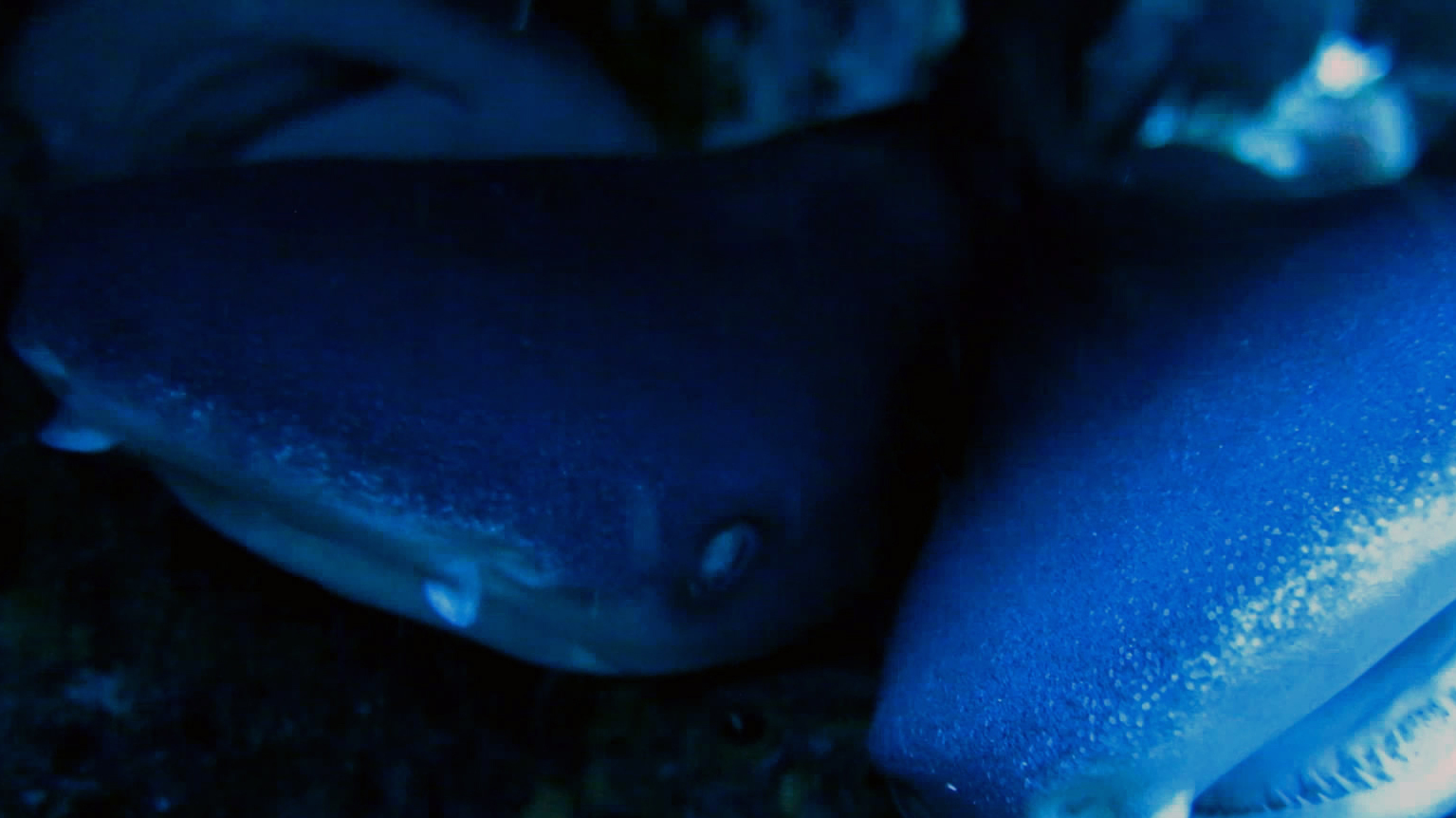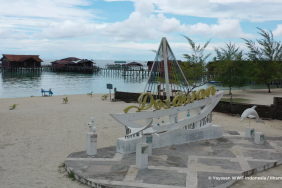RARE PHENOMENON, MEGAMOUTH SHARK STRANDED ON ALOR
In early August (4/8/2017), the people of Nur Benlelang Village, North Central Alor District, Alor Regency, were shocked by the discovery of a giant fish on the coast. This area is included in the Regional Aquatic Conservation Area (MPA) of the Pantar Strait Aquatic Nature Reserve (SAP) and its Surrounding Sea.
Further investigation revealed that the fish was a megamouth shark (Megachasma pelagios). "The rows of small and sharp teeth, superimposed on each other with a total of 50 rows of teeth, characterize the megamouth shark," said I Made Dharmajaya, Alor - East Flores Marine Protected Area (MPA) Site Coordinator. According to The International Union for Conservation of Nature (IUCN) Red List - the red list of species protection, megamouth sharks live at depths of 1500 meters underwater throughout the world's tropical waters. Due to its rare occurrence, it was categorized as "least concern" in 2015. Previously, it was classified as "data deficient" due to the lack of sightings since its discovery in 1976. When stranded, the fish, which was initially thought to be a whale or dugong, was said to be still moving and floundering - a sign that it was still trying to return to the sea. However, public ignorance led to the death of this biota. A local fisherman stated that the megamouth shark was initially spotted "sick" and floating on the reef. The community came together to pull the fish ashore. Without understanding the type and protection status of the megamouth shark, after the water receded, they cut the fish alive.
Some people view the fish as a type of shark that sells its fins. Sustenance from God, they thought. About 5-7 villagers cut and stored the fins, meat and teeth of the fish. The meat and liver are consumed by the community. The liver is made into oil, while the meat is salted. A week earlier (07/25/2017), divers in the western part of the Flores plain were shocked by the presence of a similar fish. Reported by Fox News, the presence of a megamouth shark was successfully immortalized by an international female diver, Penelope Bielich, while diving in Komodo National Park, East Nusa Tenggara. The public is intrigued by the underwater biota's creepy stature and extremely rare presence.





